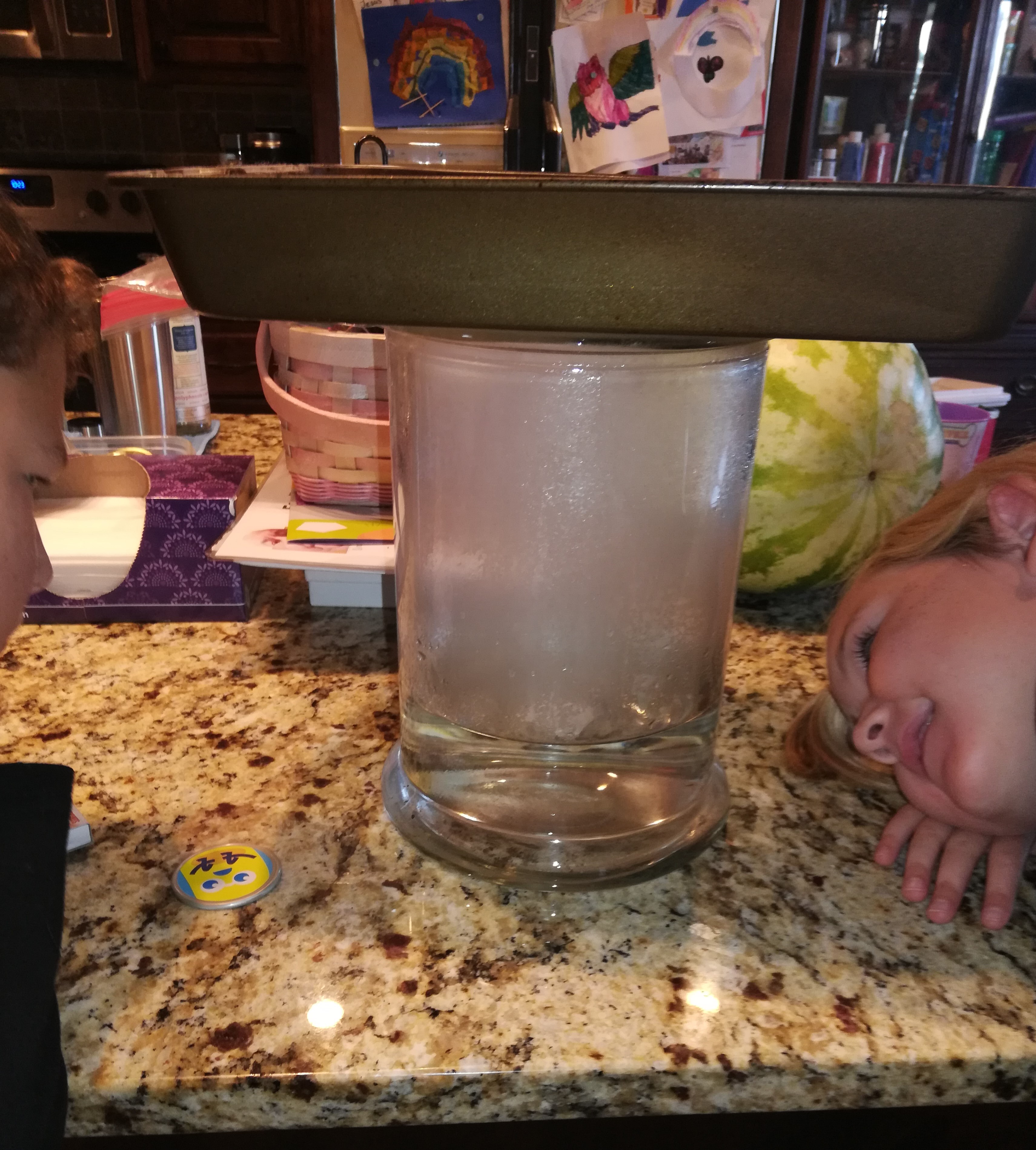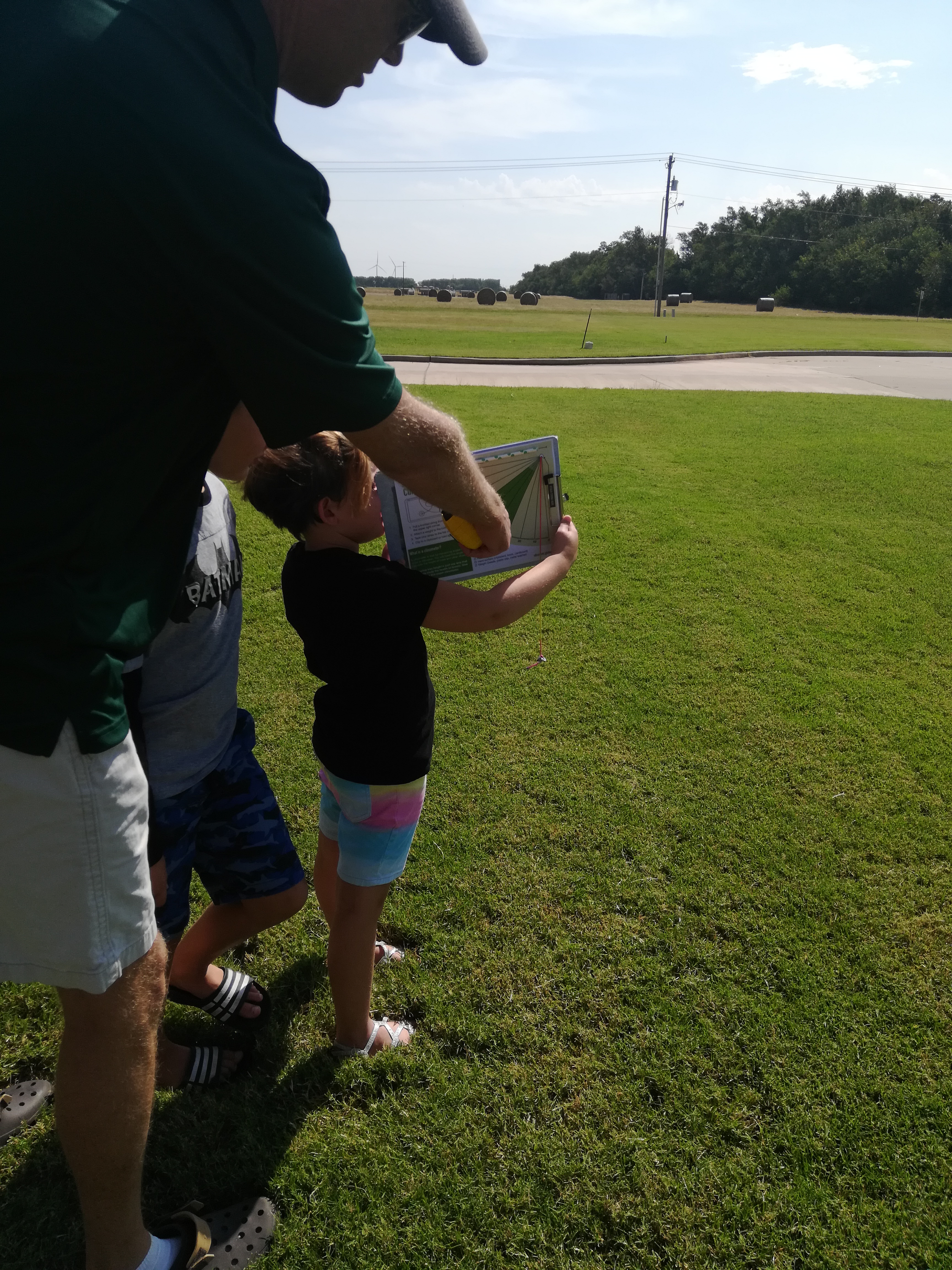Brief
Engaging Families With GLOBE Observer
Connected Science Learning October-December 2020 (Volume 2, Issue 4)
By Theresa Schwerin, Heather A. Fischer, and Heather Mortimer

As part of the international GLOBE Program, GLOBE Observer focuses efforts on out-of-school audiences with the objective of engaging new citizen scientists worldwide. Using the free mobile app, volunteers in GLOBE countries contribute to monitoring clouds, water (especially as a habitat for mosquitoes), plants (trees and other land cover), and help identify change over time. These data can be used to help interpret and augment NASA satellite data and are openly available to view and explore. As more families look for science-at-home opportunities, GLOBE Observer provides experiences that are unique, educational, and fun.
To engage families and support their participation, the GLOBE Observer team developed a collection: Our Favorite GLOBE Observer Activities for Families. These include hands-on activities corresponding to GLOBE Observer tools for observing clouds, mosquito habitats, land cover, and trees.
- Create a Cloud in a Jar using simple household materials and explore how clouds form.
- Build a Mosquito Larvae Trap out of recycled materials and monitor mosquitoes in your community.
- Make a Map by drawing and planning out what area your map will show and information it will include.
- Build a Paper Clinometer and use it to calculate the height of trees.

During summer 2020, 14 families field-tested the activities and responded to questions related to availability of the materials at home, enjoyability, questions that were sparked, if the activity worked as expected, if there were any difficulties, modifications or substitutions that were needed, usefulness of the supplemental resources, and suggestions for improvement.
Feedback from library partners that offer STEM programs for families reinforced the overall approach and informed recommendations for refining and strengthening this collection.
Strategies for Successful GLOBE Observer Family Engagement
Start with simple, fun activities. The aim is to begin building curiosity and exploration. The activities are easy to do at home using materials that are generally accessible. Parents noted that the activities were appealing because of their simplicity and that they made science tangible. The simplified activities are also useful for educators to send home and easy for parents to replicate. Library partners have posted them on their websites and printed the activities in “grab and go” science kits distributed through libraries, schools, and community organizations. Printed materials are particularly important to households with limited access to internet and printers.
Provide support for parents and caregivers. Each activity is presented in a consistent format with supplemental resources, including video demonstrations with additional tips, safety considerations, adaptations for younger and older children, questions to prompt discussion, relevance to NASA, and links for going further.
Offer multiple—and connected—opportunities and resources for engagement. Building engagement and interest in science is a process that goes beyond a single activity. Insights from research suggest that “building and supporting ecosystems with multiple, varied, and connected opportunities for exposure and engagement are key for STEM interest to take hold” (Bell et al. 2019). Connections to multiple means are provided for families and learners to engage, increase interest, and—if they wish—contribute their data through GLOBE Observer. Connected collections include the GLOBE Clouds Family Guide (also available in Spanish) and the Mission Mosquito Science Notebook, with a companion guide for parents. A family guide for GLOBE Trees is in development.
Acknowledgments
This project is based upon work supported by NASA under IGES award No. NNX16AE28A: The NASA Earth Science Education Collaborative. Any opinions, findings, and conclusions or recommendations expressed in this material are those of the author and do not necessarily reflect the views of the National Aeronautics and Space Administration.
Thanks to Vivienne Byrd, Los Angeles Public Library; Donna Blomquist, LaSalle Public Library, Illinois; Anne Holland and the NASA@ My Library project; Randi Neff and the Great Smokey Mountains STEM Collaborative; and the families that field-tested the activities and provided ideas for improving and creative suggestions for science from home.
Theresa Schwerin (theresa_schwerin@strategies.org) is Vice President for Education at the Institute for Global Environmental Strategies in Arlington, Virginia. Heather A. Fischer is a Senior Researcher at the STEM Research Center at Oregon State University in Corvallis, Oregon. Heather Mortimer is a Designer and Writer at NASA Goddard Space Flight Center/ Science Systems and Applications Inc. in Greenbelt, Maryland.
Related Websites
NASA Earth Science Education Collaborative (NESEC) – https://nesec.strategies.org/
Our Favorite GLOBE Observer Activities for Families – https://observer.globe.gov/family-science
The GLOBE Program – https://www.globe.gov
GLOBE Observer – https://observer.globe.gov/
citation: Schwerin, T., H.A. Fischer, and H. Mortimer. 2020. Engaging families with GLOBE Observer. Connected Science Learning 2 (4). https://www.nsta.org/connected-science-learning/connected-science-learning-october-december-2020/engaging-families-globe
Citizen Science Climate Change Earth & Space Science Multilingual Learners Environmental Science STEM Informal Education


